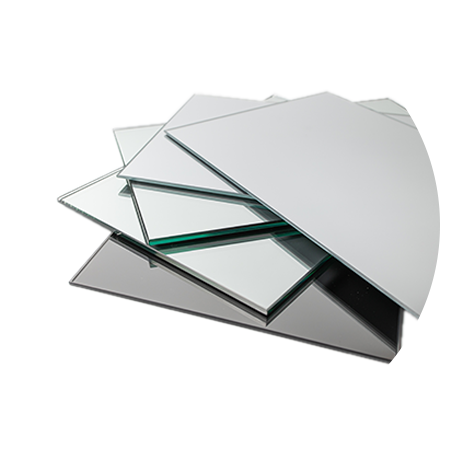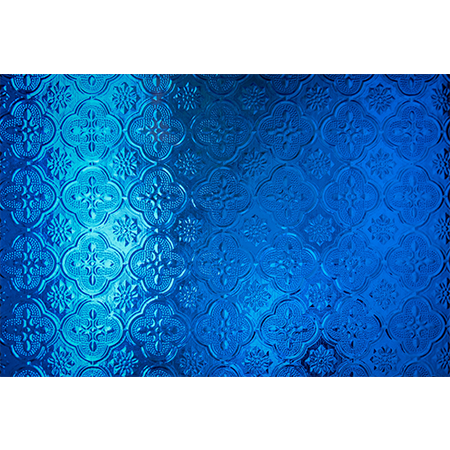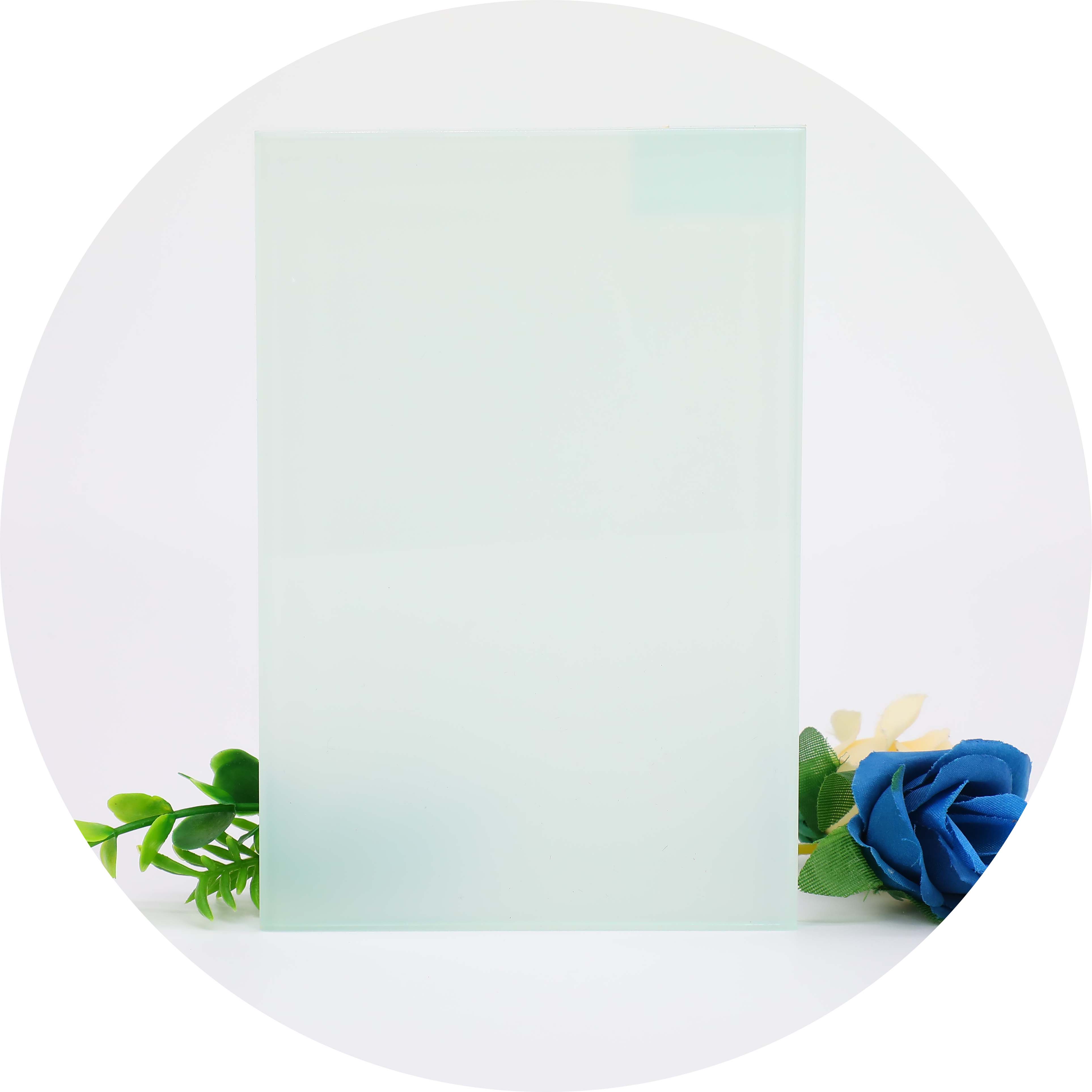

Metal plating is the most common form of mirror coating. From gold and zinc to copper and platinum, many metals can be used to coat mirrors. Two of the most popular are silver and aluminum. Though each plating process has its differences, both aluminum and silver coating can offer unique benefits that improve the functionality of optical mirrors. Mirror coating aims to produce a non-crystalline coating of amorphous metal (metallic glass), with no visible artifacts from grain boundaries. The most common methods in current use are electroplating, chemical "wet process" deposition, and vacuum deposition. Electroplating of a substrate of glass or other non-conductive material requires the deposition of a thin layer of conductive but transparent material, such as carbon. This layer tends to reduce the adhesion between the metal and the substrate. Chemical deposition can result in better adhesion, directly or by pre-treatment of the surface. Vacuum deposition can produce a very uniform coating with a very precisely controlled thickness.[2] Because of their reflectivity, layers of aluminum and silver are often used. Silver is the most reflective across the visible spectrum, reflecting 95 percent of light. Aluminum is slightly less reflective yet still can reflect 90 percent of light. Both coatings are excellent for use in many applications.


Patterned glass is made by passing it through rollers that have patterns on them. The pattern is transferred to one or both sides of the glass. Each manufacturer of patterned glass has unique patterns. Patterned glass can be used for either decoration or privacy which range comprises fifty-five patterns, designed to create a sophisticated environment in which to live. The glass is typically whiter in color than clear glass. Depending on its use, it can be laminated to use for safety glass as well. Sandblasted glass panels are produced by firing a fine abrasive at the glass at high pressure, high-speed machine blasts down on the glass panel with sand, walnut husks or other materials. this permanent technique is then coated with a polymer easy clean coating to ensure that the glass remains as good as the day it was installed. Glass gradients can start and end at any percentage such as a 20%-80% gradient or a perfectly clear glass panel fade into a 100% full frost with zero opacity. Obscuring and privacy can be retained whilst maximizing light.


Lacquered Glass is manufactured by depositing one surface of clear glass with a lacquer coating and then oven-curing to lock in its unique features of opacity and coloured appearance, bringing an element of vibrancy to any interior application. The lacquered finish protects the glass from damage, making it highly durable. The lacquered glass contains very minimal amounts of chemicals, and therefore is not only safe to use but also does not harm the environment. It is humidity-resistant and also scratch-proof.


Acid Etched glass is produced with the application of hydrofluoric acid on the glass. It creates a very smooth, glossy and satin finish; Acid etched glass is maintenance-free as it does not show dirt marks or fingerprints. Acid etched glass also offers a wide variety of smoother options. Compared with sandblasting, etching glass with acid offers more finishes and various degrees of transparency.